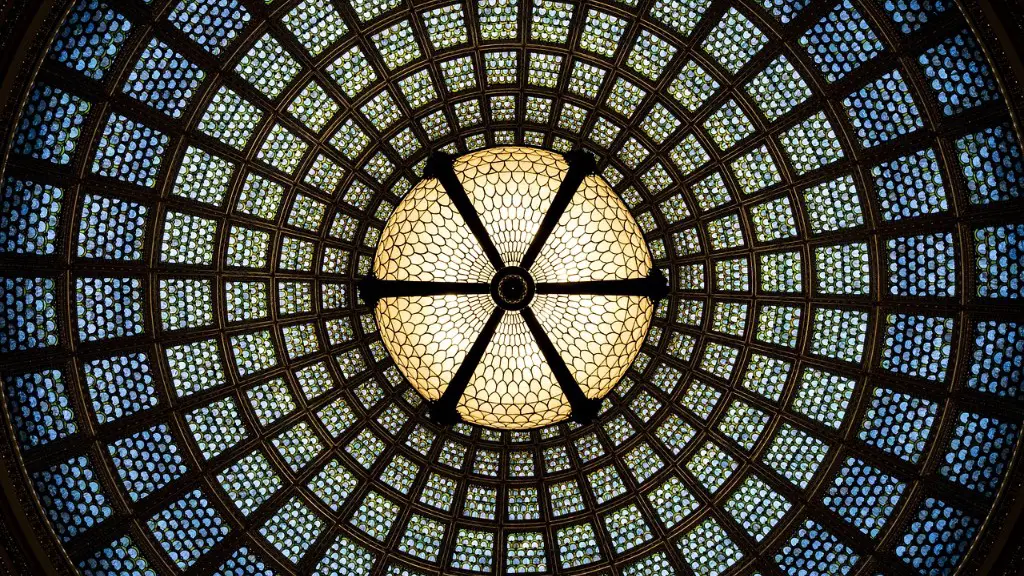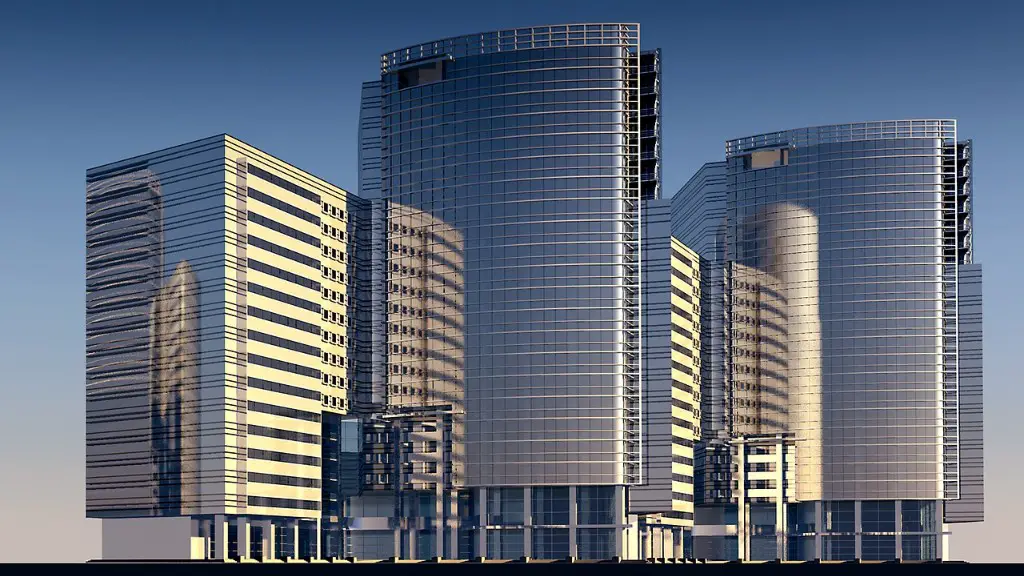Inconvenience To The Public
Hostile architecture, also referred to as defensive or deterrent architecture, is a type of design developed to deter certain behaviours amongst the public in public spaces. This kind of architecture has been criticised for its aggressive and intrusive nature, because it is designed to deny access to people or act against their behaviour.
These hostile designs are often encoded with discriminatory intention and social control; they are also known to create division between certain groups of people. Hostile architecture began to emerge in the 1800s with the development of spikes and bars on buildings or benches to stop people from sleeping or loitering on them. They have become increasingly popular in modern cities, with a focus on anti-homeless measures seen in art, benches, signs, doorways, and bollards.
Deterrent architecture deprives people of public space and basic rights, such as sitting, lying down, or congregating in an area, without necessarily having criminal intent. It’s also worth noting that design doesn’t only intimidate particular groups of people; a lot of hostile architecture also makes life difficult for everyone.
For instance, anti-homeless benches, like those with armrests separating seats, may be uncomfortable for those with disabilities. The presence of obstacles such as bollards in paths intended for wheelchairs and wheeled devices may create difficult and dangerous journeys and conditions.
Projects like these often don’t benefit the public in any way, as they aren’t creating anything new – they are simply creating a hostile environment by targeting a certain group of individuals.
Violation Of Human Rights
The conception of such hostile designs is seen as an infringement of human rights and a form of discrimination. They are known to limit access to public space and basic rights that should be attentive to all people in a democratic and equal society. They are also known to segregate certain members of the public, which could be seen as violating the rights of a particular person or group of people.
Discriminatory architecture also works to undermine human dignity; design and architecture can often shape people’s decisions and actions without them realising it. It’s also worth noting that hostile architecture does not take into account the wider social context, such as poverty and mental illness, and fails to provide alternative solutions for those in most need of help.
It’s ultimately unfair to subjugate those who are homeless or disadvantaged by convincing able-bodied individuals and the general public that these people are the problem, while not providing adequate support or resources to assist in tackling the root causes of homelessness or inequality.
Hostile architecture can also infringe on basic human rights such as the freedom of movement and expression, and can be seen as a violation of privacy. Many people have criticised such design practices due to the fact that they promote a negative attitude towards those in need, which can be damaging in both physical and psychological ways.
Unsustainable & Uneconomical
Another issue associated with hostile architecture is its typically unsustainable and uneconomical approach to addressing social problems. Projects of this nature are usually expensive, and the costs typically outweigh the benefits for the public in the long run.
For example, if anti-homeless benches were installed in a given area, local authorities may be forced to foot the bill for installation, as well as for any potential damages caused. Furthermore, this type of design is generally seen as a temporary solution to a much larger problem, which is why many argue that investing in projects of this nature can be particularly wasteful and impractical in the long term.
One could argue that the money spent on hostile designs would be better invested in providing resources to support those in need, or in producing positive design features that benefit the public in the long run. It is worth noting, however, that this kind of design does provide a temporary deterrent for anti-social behaviours, and may be beneficial when used sparingly and in a context-specific manner.
Safety & Wellbeing Of All Citizens
It is important to consider the safety and wellbeing of all citizens when designing public spaces, and hostile architecture should not be seen as a suitable solution. In many cases, design can have a positive or lasting impact on both people and the environment. The aim should be to create harmony between all citizens, rather than divide them.
Furthermore, when thinking of public spaces, governments and local authorities should take into consideration the needs of all citizens, rather than just certain groups or abilities. The inclusion of design that is both vibrant and expressive could work in building a sense of community, which could lead to more positive interactions in public places.
It’s also important to note that public spaces are places of engagement and enjoyment, and should be designed to include everyone. Hostile architecture runs counter to this ethos, and can be seen to discriminate against people on the basis of their income, race, gender, sexual orientation, or physical ability.
Designers Have A Responsibility
It is clear that designers have a responsibility to consider the impact their designs have on the public, regardless of the context and intended purpose. They should be conscious of any existing power dynamics within a given community and try to create designs that help bridge any existing communication gaps.
Of course, architecture can have both positive and negative effects on society; however, it is important that designers and government officials work together to ensure that designs of all kinds are respectful of the rights and dignity of all citizens. Hostile architecture has become increasingly popular in the past few decades, and it is important that those in positions of power recognise the damaging effects it can have on people and public space.
Design should not be used as a tool to oppress and limit access to public spaces; instead, it should be used to enhance and enrich the lives of citizens by providing them with a safe and comfortable place to enjoy.
Finding Solutions To Social Problems
It is clear that when developing public spaces, more humane and humanely-inclusive solutions should be sought to address existing social problems. There are many alternatives when it comes to finding solutions, such as providing support services for those in need of help, creating more efficient and cost-effective designs, and investing in projects that actively engage people in the local community.
Designing public spaces should be an inclusive process that takes into account the needs of all citizens, and designers should strive to create spaces that are welcoming and inviting to all. It is clear that hostile architecture is not the solution, and that more sustainable and economical approaches should be sought when looking to address social issues.
In conclusion, there are many reasons why hostile architecture is bad and why designers and governments should avoid using it. It can have both physical and psychological effects on the public, as well as perpetuate damaging power dynamics, and ultimately fails to provide lasting and humane solutions to social problems.





